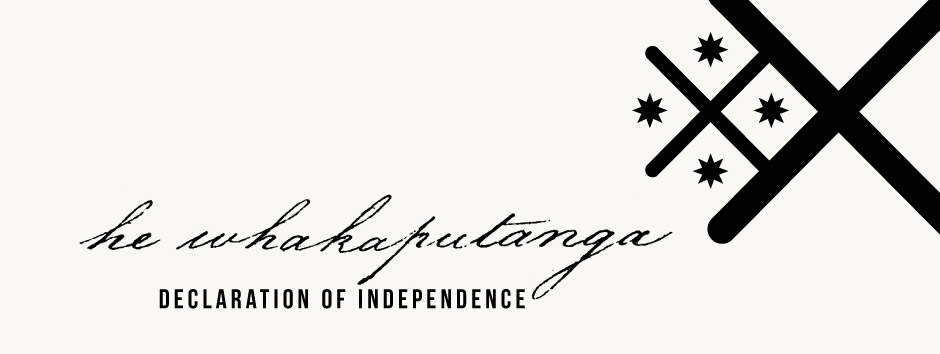Signing details
There are few details recorded about Te Tao, also known as Wakarongoua, other than his involvement in many land sales during the late 1830s.
Historians Bruce Stirling and Richard Towers have investigated one land claim hearing, held at Whangārei on 20 January 1859, that sheds some light on Te Tao’s whakapapa. According to Wiremu Pohe, a tupuna of Te Tao had lived as a guest (noho manuhiri) with Pohe’s tūpuna on land west of Wakamaru. Later, Pohe said, 'at an invasion of the Ngapuhi on this territory, a descendant in the female line of this ancestor of Te Tao was made prisoner by the Ngapuhi while she resided here, and taken as a slave to the north.' The female captive later lived with another hapū with whom she was connected, and gave birth to Te Tao, 'who claimed this land on the ground that it "belonged" to his mother.' [1] It was also said that Te Tao’s grandmother was the daughter (or niece) of Te Ruaitohoro, and that his father was Taitua.
Te Tao’s many land transactions included dealings with British Resident James Busby, the Reverend Henry Williams and Gilbert Mair, who were all present at the signing of He Whakaputanga. On a number of deeds Te Tao’s name follows Te Kēmara of Waitangi, where it is said Te Tao had a number of cultivations. Te Tao is also associated with Te Puke of inland Waitangi, and entered into land deals with Gilbert Mair around Whangārei Heads.
Te Tao signed He Whakaputanga on 28 October 1835, after Whiwhia, Pōmare II and Te Kēmara. He also signed te Tiriti o Waitangi on 6 February 1840. According to Busby, Te Tao was an old man by this time.
[1] Bruce Stirling and Richard Towers, ‘Not With the Sword But With the Pen: The Taking of the Northland Old Land Claims. Part 1: Historical Overview’, Waitangi Tribunal Research Report, WAI 1040, A009, 2007, p. 1726.


Community contributions